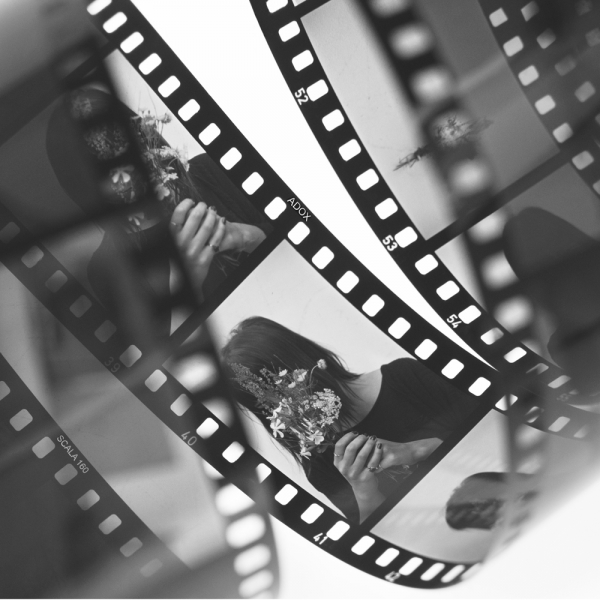
- 35mm film refers to how wide the roll of film that you are using is when you are filming a movie.
- 35mm film was commonly used to make most movies up until about 2005 when more and more companies began to use digital photography.
- 35mm film is said to have more “soul” than digital.

- 35mm film equipment is now being considered vintage. There is now only a finite supply of spare parts.
- It is making a comeback, as younger generations are gravitating towards film again.
Quotes
“Dating back to the first quarter of the 20th century, the 35mm format has mostly given way to digital still and video technologies. The 35mm film frame is 36 x 24mm, and high-end digital SLR (DSLR) and video cameras use sensors of equivalent size.”
“I also would vastly prefer to watch a classic exploitation movie with all the grit, scratches, and intermittent audio pops you experience with a well-worn roadshow 35mm (Links to an external site.) print. To me, that is part of the journey, part of the history unfolding on screen.”
“Although there is a consensus that film provides a better image than digital imaging, there is some disagreement about the resolution of 35-mm slide film confirmed that 35-mm slide film is the practical benchmark for image quality in standardized patient photography.”
“The development of cinema has seen the shift from silent to sound film, black and white to colour, and the move from 35mm film stock to recent formats such as High Definition (or HD) that capture and project images in digital form. Recent cinematic history includes advances in computer graphics and editing, stereoscopic imaging or 3D, motion capture, and sound recording, mixing and design” (Page 42).
“First Man was assembled from a complex mixture of 16, 35 and 70mm IMAX footage”
“We’re now in such an instant world, with iPhones, digital cameras. It’s good to have this slow process, ripping off the wrapper around the film, putting it in the camera.”
Sources
“Encyclopedia.” 35mm Film Definition from PC Magazine Encyclopedia, www.pcmag.com/encyclopedia/term/67550/35mm-film (Links to an external site.).
Journalistic – League, Tim. “35mm Film Deserves Your Respect: Alamo Drafthouse Founder Tim League Makes the Case.” IndieWire, 3 Mar. 2017, www.indiewire.com/2017/03/35mm-film-tim-league-reel-film-day-1201789618/ (Links to an external site.) (Links to an external site.)
Scholarly – III, Grant S. Hamilton. “An Objective Comparison of 35-Mm Film and Digital Camera Image Quality: A New Gold Standard.” Archives of Facial Plastic Surgery, American Medical Association, 1 May 2009, jamanetwork.com/journals/jamafacialplasticsurgery/fullarticle/407315 (Links to an external site.)
Whittington, William. “Introduction to Film Studies 5th Edition Edited by Jill Nelmes.” Academia.edu,www.academia.edu/8957152/Introduction_to_Film_Studies_5th_Edition_Edited_by_Jill_Nelmes.
https://filmmakermagazine.com/107353-23-films-35mm-released-in-2018/#.XSgDE-hKjb0



:no_upscale()/cdn.vox-cdn.com/uploads/chorus_asset/file/8885537/livingdead1.jpg)